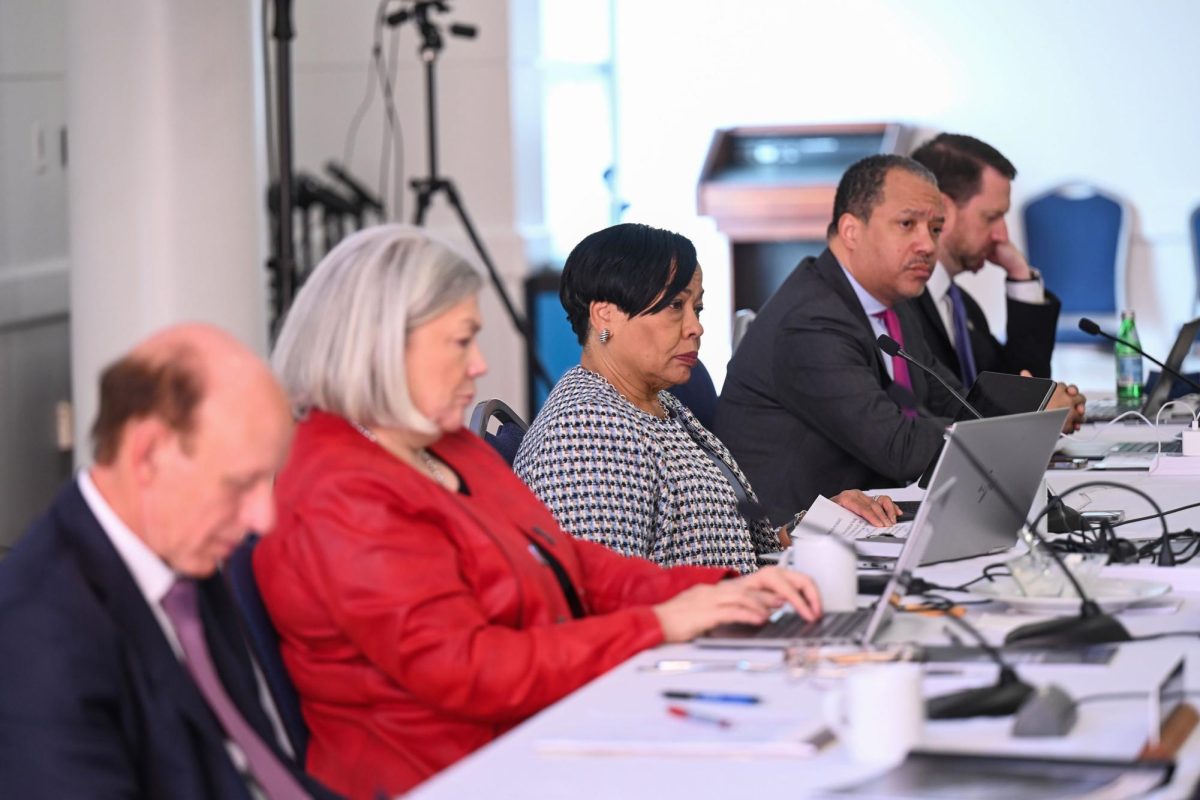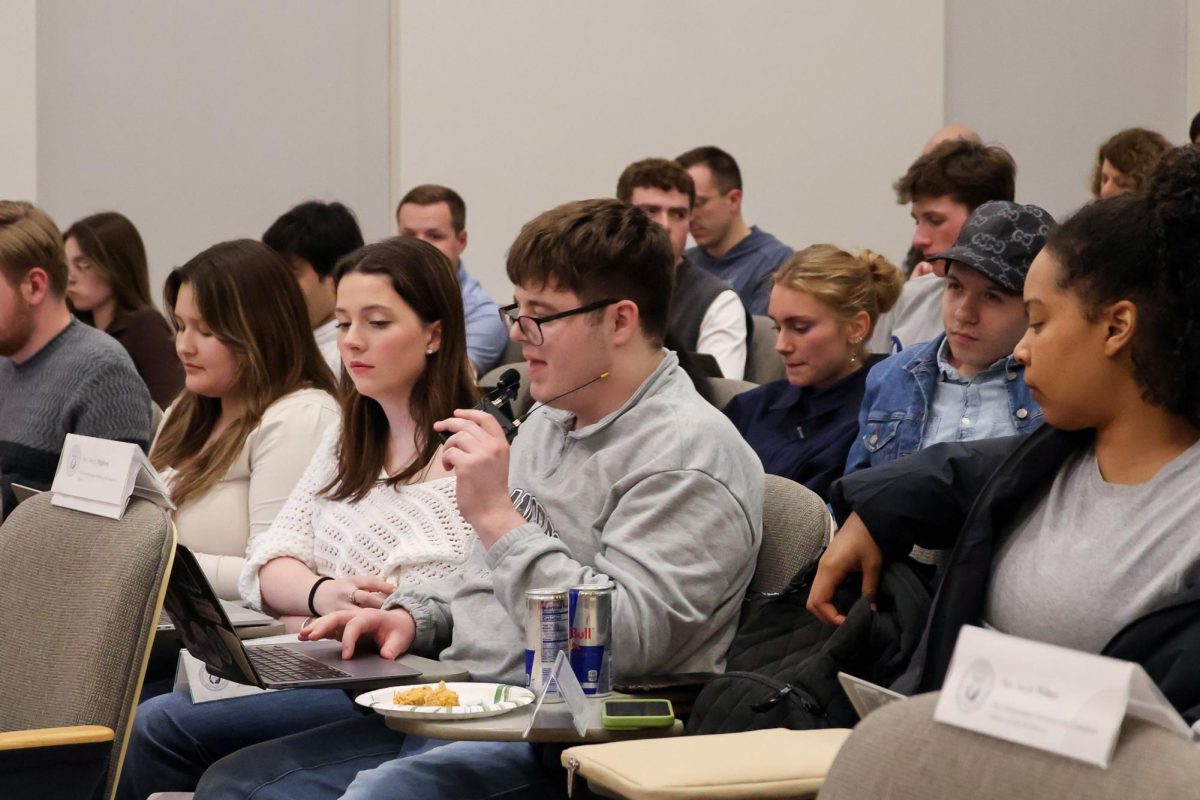Officials are reinstating GW’s base retirement contributions for employees and promotion-related salary increases next month as the University’s financial outlook becomes clearer.
University President Thomas LeBlanc, Chief Financial Officer Mark Diaz and Provost Brian Blake said in a joint interview Friday that all eligible faculty and staff will receive an 8 percent base contribution to their retirement accounts in January – double the usual amount to retroactively provide funds for December – before receiving the typical 4 percent base contribution beginning in February. Recently tenured and promoted faculty will also be provided promotion-related salary increases effective Jan. 1, the officials said.
“We’re also pleased that we’ve been very prudent in managing our finances to the point where, as we have promised the community, we have an opportunity to start to relax some of the restrictions we had to put on our finances,” LeBlanc said. “And I think that’ll be very welcome news to our community.”
LeBlanc said there is no set timeline to reinstate GW’s matching retirement contributions, but officials are discussing the University’s financial projections daily. For matching contributions, the University will match an eligible employee’s own contributions to their retirement account to a certain limit.
“It’s hard to put a date on on any of that, so we’ll monitor it very carefully,” he said. “And if the finances allow, this is something that’s a high priority for us, I know, and it’s a high priority for our community.”
He added that recent coronavirus vaccine developments have created a lot of hope and optimism for the coming year.
“2020 has been a difficult year,” LeBlanc said. “But this message, I think, contains some good news near the end of the year as we look into 2021.”
Officials halted the salary increases on July 1 and suspended GW’s base and matching retirement contributions on Oct. 1 to mitigate the financial impact of the coronavirus pandemic, which is projected to create a $180 million revenue shortfall this fiscal year.
Diaz said the decision was enabled by “favorable” financial indicators, including better-than-expected graduate tuition revenue and increased housing revenue from the hundreds of additional students returning to residence halls this spring.
“The very nature of a temporary measure is that when circumstances change, we can start to throttle back on some of those measures,” Diaz said. “Things were moving in that direction, and I think we’re in a position to do exactly that.”
Diaz added that administrators have taken a “prudent approach” to GW’s finances this year and will continue to assess the mitigation measures as circumstances evolve.
To close the remainder of the University’s budget gap, officials took a pay cut, laid off 339 employees in administrative units and suspended most capital projects and hirings.
“All of our assumptions, I think, were appropriately and reasonably conservative, not uber conservative, and so it’s not a surprise,” Diaz said.
Blake said undergraduate students’ “amazing commitment” to continue attending GW during online instruction has made him “optimistic” about the year ahead.
Undergraduate enrollment fell nearly 8 percent this year, which was far less than the drop officials anticipated last spring. Undergraduate enrollment dropped 1.4 percent nationwide at private, nonprofit, four-year institutions this year, according to data released Thursday by National Student Clearinghouse.
“In a pandemic year, I felt very good about the students that stayed with us going into the spring, and I’m thankful for that, for the students to really have that value on our education,” Blake said. “I also think that GW has continued to be very attractive to the country.”
Jared Gans contributed reporting.








